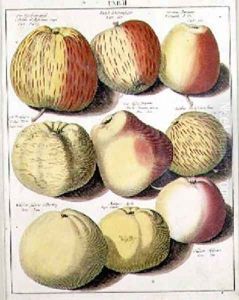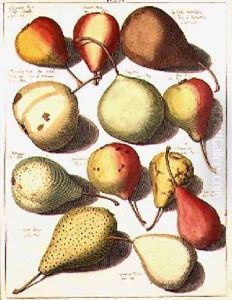Knoop, Johannes Hendrik Paintings
Johannes Hendrik Knoop, born in 1883, was a Dutch artist whose works spanned across various mediums including painting, drawing, and graphic art. His artistic journey reflects a deep engagement with the evolving styles of the late 19th and early 20th centuries, capturing the transitions from realism to more abstract and expressionist influences. Knoop's early work was rooted in the traditional Dutch landscape and genre scenes, showing the influence of the Hague School, known for its realistic depictions of everyday life and the Dutch countryside.
As the 20th century progressed, Knoop, like many of his contemporaries, became exposed to the avant-garde movements sweeping across Europe. His style began to show elements of Impressionism and Post-Impressionism, adopting a looser brushwork and a brighter palette. However, Knoop remained distinctly individual in his approach, rarely aligning himself closely with any single movement. He showed a particular interest in capturing the interplay of light and shadow, a theme that persisted throughout his career, giving his works a distinctive, vibrant quality.
By the mid-20th century, Knoop's work had evolved further, incorporating elements of Expressionism. This period of his oeuvre is characterized by more dramatic uses of color and form, reflecting a more emotional and subjective approach to his subjects. Despite this evolution, he continued to draw inspiration from his surroundings, particularly the Dutch landscape and urban scenes, which remained central themes in his work.
Throughout his career, Johannes Hendrik Knoop exhibited widely in the Netherlands and abroad, gaining recognition for his unique contribution to Dutch art. His works are represented in various Dutch museums and private collections. Knoop's artistic legacy is that of a dedicated and versatile artist who navigated through the changing tides of art movements with a distinctive voice, remaining true to his vision while contributing to the broader narrative of Dutch art in the 20th century. He passed away in 1970, leaving behind a body of work that continues to be celebrated for its depth, variety, and beauty.

